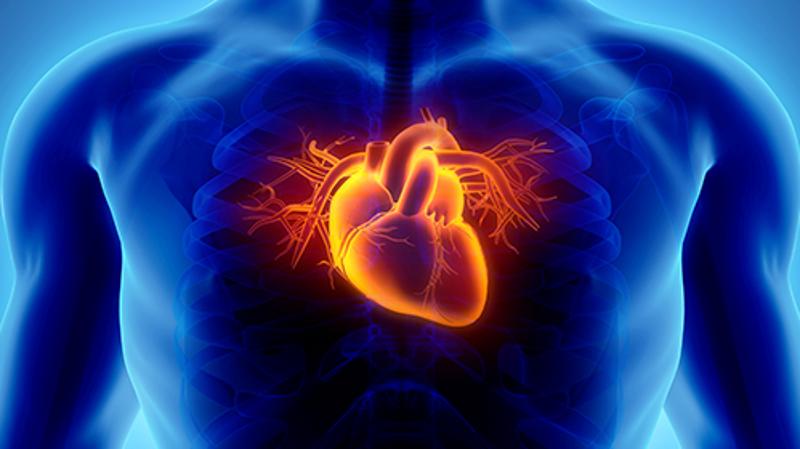
A ‘virtual population’ model calibrated from data of electrical activity of heart cells previously collected from 350 people will enable researchers to better understand why some people have irregular heart rhythm.
- Novel maths method to advance heart research using a ‘virtual population’
- Virtual population calibrated on data from human heart cells to study cardiac arrhythmia
- Virtual population research reduces need for animal testing
QUT mathematicians Dr Brodie Lawson and Professor Kevin Burrage, from ACEMS*, led a team of researchers who worked with a University of Oxford cardiac electrophysiology research group to build a virtual population to enable scientists to understand why some people have irregular heartbeats (atrial fibrillation).
The research is published in Science Advances this week.
“The ACEMS team has developed a novel calibration technique that advances the accuracy of modelling a population and allows us to study variability,” Dr Lawson said.
“We collaborated with our Oxford colleagues to apply this technique to readings of electrical activity taken from individual heart cells from 350 people, half of whom had atrial fibrillation.
“Tiny electrical signals that spread from cell to cell produce the normal rhythm of the heart but no two hearts are the same because no two cells are alike, and at the tissue level there’s a huge variation in the way the different cells make up the structure of our hearts.
“Our virtual population is the best representation to date of the human data set of normal and irregular heart rhythm and enables scientists to explore the differences that lead to healthy and unhealthy hearts.”
Professor Burrage said the team had developed an innovative way of calibrating a collection of mathematical models against the data they had.
"We believe these techniques can be applied to other problems outside cardiac research,” he said.
“Virtual populations, for example, allow for drug experimentation that cannot be done on real people and reduce the need for animal testing.”
The ACEMS team included Associate Investigator at QUT Dr Chris Drovandi who provided the statistical techniques to pick the models that would best fit the data, Dr Pamela Burrage who gave insights into the nature of variability and former ACEMS researcher Dr Nicole Cusimano.
The University of Oxford cardiac electrophysiology research team is led by Professor Blanca Rodriguez.
*ARC Centre of Excellence for Mathematical and Statistical Frontiers.
QUT Media contacts:
Niki Widdowson, 07 3138 2999 or n.widdowson@qut.edu.au
After hours: Rose Trapnell, 0407 585 901 or media@qut.edu.au.
ACEMS media contact:
Tim Macuga 07 3138 6741 or timothy.macuga@qut.edu.au




